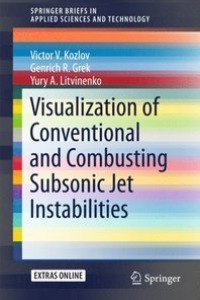
Liknande böcker
Particle Image Velocimetry : A Practical Guide
Bok av Markus. Raffel
The aeronautics industry is presently aiming for faster design cycles and shorter time to market of new aircraft. It is looking at the same time for improved aerodynamic performance, for evident competitive reasons. Advanced, computer based design systems, including fast and reliable numerical flow solvers, have been developed in the last decade including new turbulence models. On the experimental side, measurement techniques in general have also been improved significantly, however the data evaluation process remains still very time consuming, and unsteady effects and turbulence are often not being captured with sufficient accuracy and detail. The development of Particle Image Velocimetry (PIV) has helped to improve the analysis of the flow fields. After investigations in laboratory scale wind tunnels, a joint initiative on PIV research, by the European Aerospace Research Establishments, within GARTEUR have enabled a wide breakthrough of this new technology in Europe. Within the Research Framework Program of the European Union, the joint research project EUROPIV aimed to apply PIV technology to problems of industrial interest.







